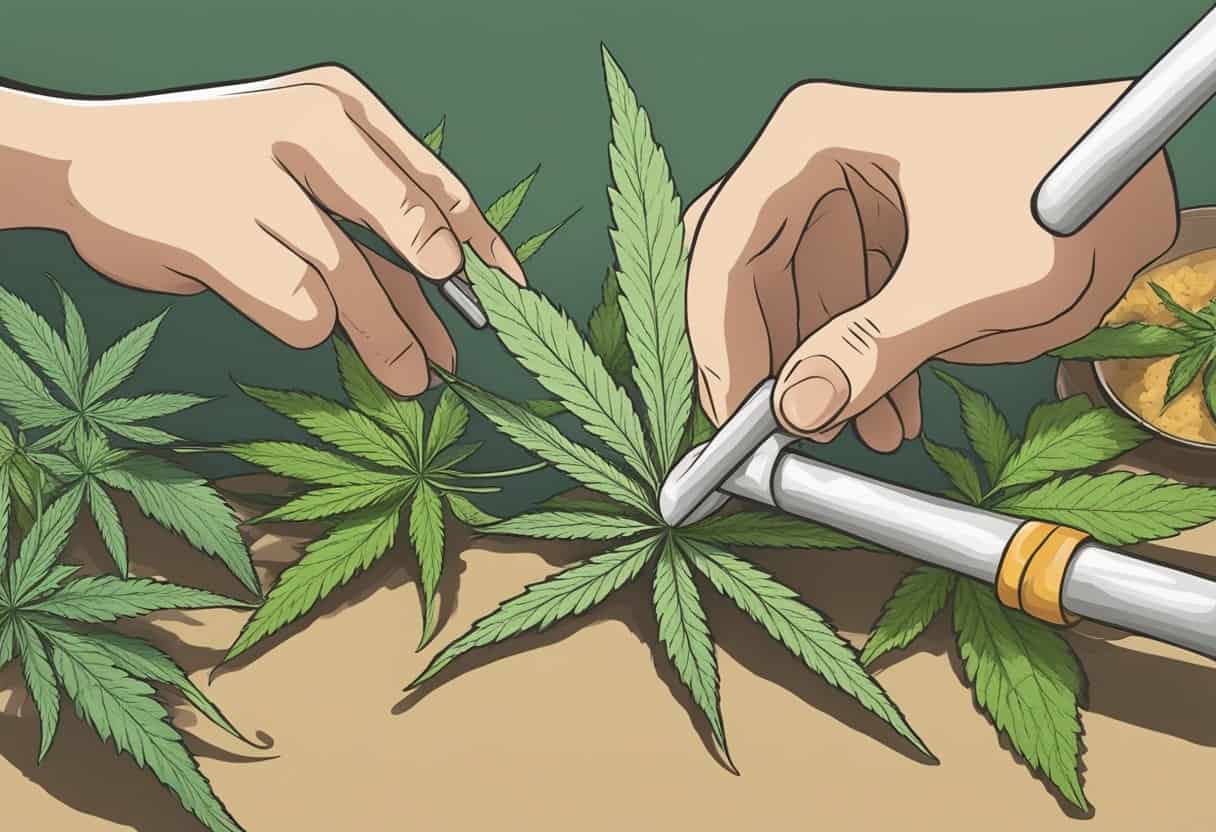Rolling a joint is an art form appreciated by many – and the crutch, or filter, plays a crucial role in enhancing this experience. Using a crutch in your cannabis joint helps provide a stable grip while also preventing loose bits of plant material from entering your mouth. Creating your crutch can be a simple and satisfying process that adds a personal touch to your smoking experience.
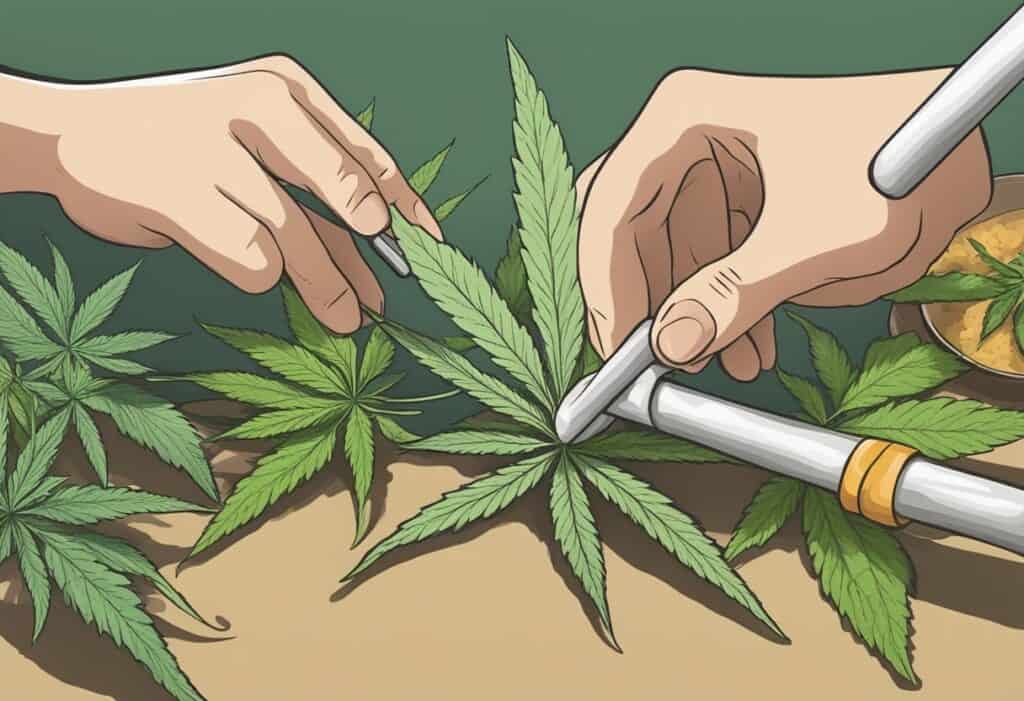
You may have heard crutches referred to as tips or joint filter tips. These small pieces of thin cardboard make the end of a joint more rigid. They also aid airflow and prevent waste by allowing you to smoke to the end. You can craft these essential pieces using materials from everyday items like cardboard.
Exploring different crutch designs and styles can add an artistic element to your joint-rolling practice. Each method can impact function and appearance, from simple straight cuts to intricate folds. This guide will show you how to make and use various crutch styles to uplift your cannabis experience.
Key Takeaways
- Crutches improve grip and prevent loose bits from escaping.
- Materials like thin cardboard can be used to make crutches.
- Different designs enhance both function and style.
Understanding Crutches and Filters in Joint Rolling
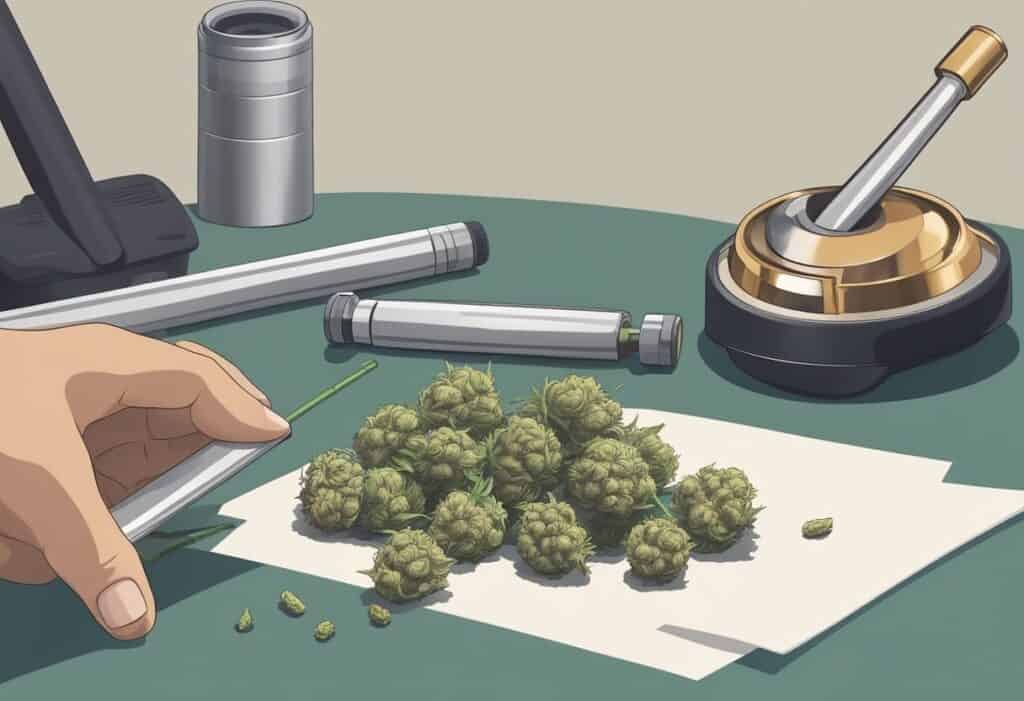
When rolling cannabis joints, the use of crutches and filters plays an important role in the overall smoking experience. These components can affect airflow, taste, and convenience, making them essential for those who seek a smoother and more enjoyable session.
Definition and Purpose of a Crutch
A crutch, sometimes called a filter tip, is a small piece of material placed at the end of a joint. Its primary purpose is to serve as a mouthpiece, preventing the end from getting too soggy or closing up during smoking. By maintaining the structure of the joint, this ensures a more hygienic and enjoyable experience.
The crutch also acts as a barrier, stopping small particles of cannabis from being inhaled into the mouth. You can easily make crutches from filter paper, thin cardboard, or specially designed materials that offer more structure and durability. Crutches will provide stability and facilitate a more consistent, even burn.
Different Types of Filters and Their Uses
Several different types of joint filters enhance the smoking experience. Paper filters are commonly used due to their simplicity and ease of availability. They help create a smooth draw and prevent coarse particles from reaching your mouth.
Pre-made filter tips are another option. These are often crafted from glass or ceramic for sustainability and can be reused. These types offer the benefit of being sturdy and providing a consistent draw. Meanwhile, activated carbon filters are gaining popularity. They help reduce some harmful compounds due to their ability to absorb certain chemicals while cooling the smoke. Depending on your preference, you could choose filters that most align with your desired taste, texture, and health considerations.
The Role of Airflow in the Smoking Experience
Airflow is a crucial factor in determining the quality of your smoking session. Proper airflow ensures a consistent and smooth draw, making each puff more pleasurable. The choice of crutch and filter significantly impacts this. A well-designed crutch prevents excessive airflow restriction, allowing for steady inhalation without struggling.
Loose or tightly packed joints with improper crutch size can hinder airflow. Ensuring a good fit and balance between the components is essential for achieving optimal performance. Using the appropriate filter or crutch benefits not only the intensity and taste of your smoke but also improves the overall enjoyment of your cannabis experience.
Materials and Tools for Creating a Custom Crutch

Creating a custom crutch for cannabis joints enhances the smoking experience by providing support and preventing unwanted burns. This section will guide you on choosing the right paper, utilizing everyday items, and considering commercial options.
Selecting the Right Paper or Cardboard
The type of paper or cardboard you choose is crucial when crafting a crutch. Rolling paper is often used for its flexibility and ease of rolling, while stiff paper like cardstock or index cards provides durability.
Using pieces of business cards or even a cereal box ensures a firmer hold. Hemp-based fiber paper offers an eco-friendly alternative with a natural feel. Remember to avoid glossy finishes as this may affect the taste and consistency of your joint. Selecting the best materials depends on what you prioritize: flexibility, sturdiness, or sustainability.
Utilizing Everyday Items for Crutch Making
You can find many everyday items around the house that are perfect for making a crutch. Index cards or business cards can be cut to size and rolled tightly to provide the support you need. Even an old rolling paper package can be repurposed, as the material is ideal for creating a crutch.
Look for stiff paper or thin cardboard from food packaging, which can be used without additional costs. It’s convenient and resourceful to use materials you already have on hand. This approach not only saves money but also helps reduce waste.
Commercial Options for Crutch and Filter Papers
For those who prefer ready-made options, there are many commercial products available. Raw™️ offers pre-cut crutch papers designed for ease of use and consistency. These products are convenient and specially crafted for rolling joints, ensuring a perfect fit every time.
Crutch papers and filter tips are sold in packs with a variety of designs and thicknesses, catering to different preferences. Choosing these options can save time and effort while providing a professional look and feel to your joints. They are especially useful if you’re new to making crutches or want a reliable and consistent experience.
Step-by-Step Guide to Rolling the Perfect Joint Crutch
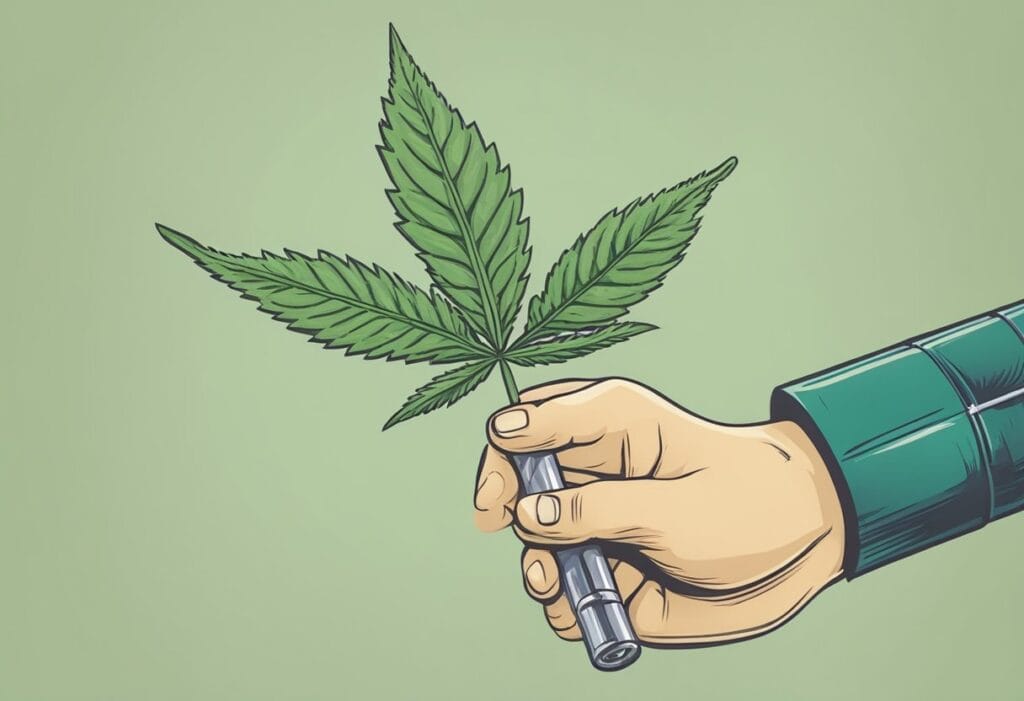
Rolling the perfect joint crutch involves preparing your area, using the right folding techniques, and securing the filter properly. These steps make sure your joint burns evenly and stay firm.
Preparing Your Rolling Area and Materials
Start by gathering your materials. You’ll need rolling papers, cannabis, a grinder, and a crutch, sometimes called a filter. Use thick paper for the crutch for durability. A grinder ensures the cannabis is finely chopped, which helps in rolling a smooth joint.
Clear your workspace. A clean, flat surface prevents any mess. Lay out everything you need within reach. If you’re using a roach clip, keep it handy for later. Ensure your area is well-lit. This helps spot any rolling issues early.
Folding Techniques for Structural Integrity
Create a strong crutch by folding it into an accordion shape. Start by bending the paper back and forth. This design adds support, holding your joint in shape. Next, roll the folded part tightly with the remaining paper to form a cylinder.
Place the crutch at one end of the rolling paper. Spread the cannabis evenly. Techniques for joint rolling include lightly pressing the cannabis to keep it in place. Roll the paper back and forth before sealing. Use the adhesive strip on the paper to seal.
Securing the Filter for an Even Burn
Insert the crutch into the end of the rolled joint. It acts as a sturdy mouthpiece. Ensure the crutch is snug to prevent slipping. Proper placement of the crutch ensures a steady airflow and prevents plant matter from falling out.
Seal any loose ends of the paper to keep the structure intact. An even burn is achieved with a well-positioned crutch. The crutch maintains the joint’s shape throughout smoking. Using these steps, you can enjoy a joint that burns smoothly and keeps its form.
Advanced Crutch Designs and Aesthetic Considerations
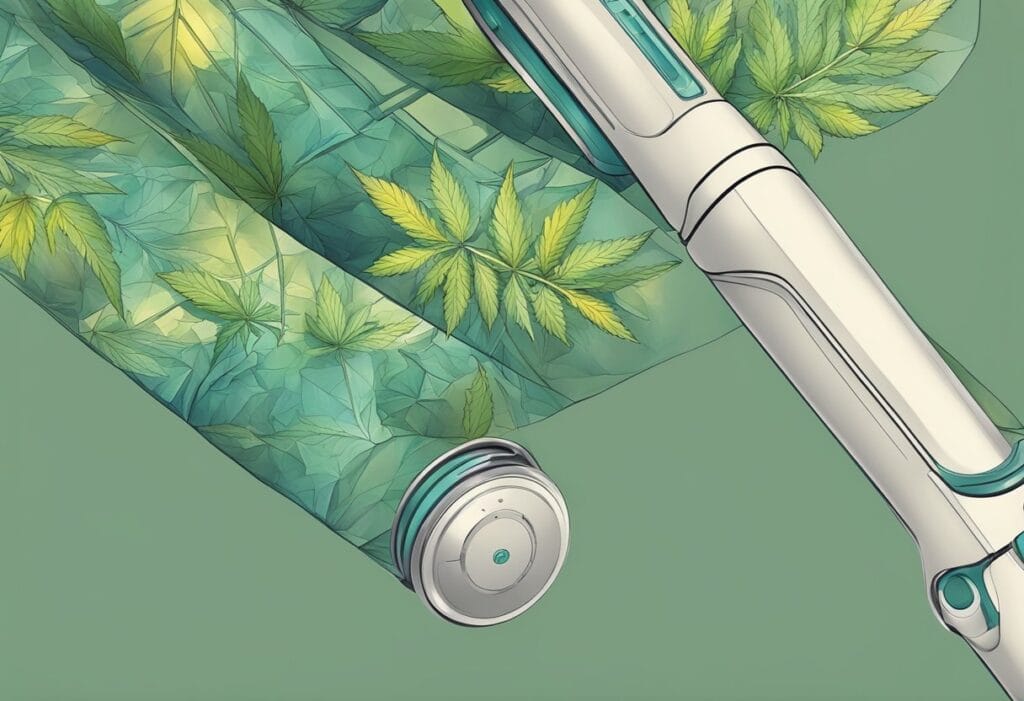
When thinking about advanced crutch designs, consider how creativity can transform them from simple tools to expressive accessories. The design can focus on shape for both aesthetic appeal and functionality.
Creative Shapes and Their Effects
Shapes like hearts and peace signs can transform typical crutches. A heart-shaped filter or peace sign filter at the handle or base adds personality. Accordion folds are another option, adding visual interest and flexibility. These creative shapes are more than just decorative—they can make crutches easier to grip or improve stability on different surfaces.
Functional elements include textured grips or non-slip surfaces. These changes make the crutch practical while allowing you to express your unique style.
Aesthetic Versus Functional Benefits
Balancing aesthetics with functionality is critical. While a weed leaf filter might seem quirky and fun, it’s important to ensure it doesn’t affect the crutch’s stability. Designs must maintain their structural integrity and the user’s comfort.
Aesthetic designs can boost confidence by making your crutches a true representation of your personality. Functional enhancements might include lightweight materials or adjustable components, tailored to your specific needs. Keep in mind that practicality should not be sacrificed for style.
Choosing between aesthetic upgrades and functional benefits can be challenging, but a combination of both ensures your crutches are both useful and uniquely yours.
Maintenance and Alternatives to Paper Crutches

When rolling cannabis joints, finding the right filter is essential. You can explore reusable tips, examine the advantages of paper versus glass, and learn to avoid common rolling mistakes. Here’s a closer look at these aspects.
Reusable Tips and Their Advantages
Reusable joint tips, like glass and metal options, offer several perks. Unlike paper crutches, reusable tips can withstand moisture and aren’t prone to bending or tearing. Glass tips, for instance, give you a smoother experience and prevent mouth burns.
Moreover, these tips can enhance the flavor by keeping excessive heat and tar at bay. Maintaining them is simple. Wash them with warm water after use to ensure cleanliness. For those who frequently roll joints, switching from paper to a reusable option can be cost-effective and environmentally friendly. This transition may also make rolling more efficient, as these tips provide consistent support and shape for the joint.
Comparing Paper and Glass Filters
Paper crutches and glass filters each bring their benefits to your cannabis experience. Paper crutches, particularly those with an accordion fold, are easy to use and widely available, often pre-rolled for convenience. They’re perfect for standard pre-rolls or when you’re on the go.
In contrast, glass tips offer durability and reusability. They ensure a consistent draw and help avoid the taste of burning paper. Glass filters add some weight to the joint, which can make handling easier. With glass tips, the risk of inhaling small particles decreases, providing a cleaner inhale. Though they might cost more initially, their long-term benefits often outweigh their higher price.
Preventing Common Rolling Mistakes
Rolling cannabis joints might seem straightforward, but beginners often make errors. A common mistake is tearing the paper while crafting the pre-roll. Prevent this by using thicker rolling papers or adding an extra layer for strength. Another frequent issue is improperly placing the filter or crutch, which can lead to an uneven burn.
Ensure the crutch fits snugly and evenly at the end of the joint. It’s important to avoid either overly tight or too loose packing. Tight joints can restrict airflow, while loose ones might burn too quickly. Using a rolling machine can help achieve the right balance. With practice, your rolling skills will improve, resulting in perfect joints every time.
Conclusion
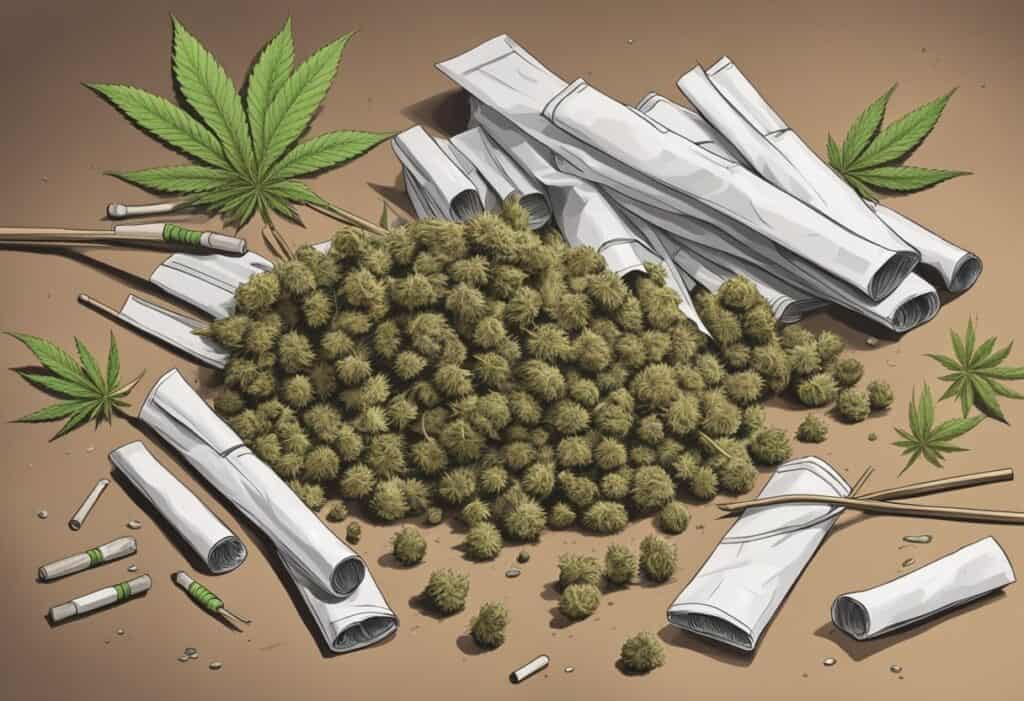
Using a crutch filter in cannabis joints enhances your smoking experience by adding structure and stability. It prevents the ends from getting soggy or collapsing, making smoking more enjoyable.
Benefits of Crutch Filters:
- Improved Airflow: Ensures a smoother draw.
- Lip Protection: Guards against heat and residue.
- Stability: Keeps the joint firm and intact.
While preparing a joint, roll the crutch filter tightly. This is crucial for achieving the right shape and firmness of the joint. It also helps concentrate the smoke for better inhalation.
Some materials commonly used for crutch filters include cardboard or thick paper strips. Choose a material that’s both flexible and durable for the best results.
If you want to practice rolling the perfect cone joint, you can find a helpful guide on how to roll a cone joint. This resource provides step-by-step instructions for beginners.
Crutch filters can also reduce the amount of burnt material reaching your lips, offering a cooler, cleaner experience. This makes them a favorable option for many enthusiasts.
Regular use of crutch filters can improve your joints over time. Their simplicity and effectiveness make them an essential tool in your smoking routine.
Frequently Asked Questions
When rolling cannabis joints, using a crutch or filter can enhance your smoking experience. Understanding the differences and materials can help you choose the best option for your needs.
Frequently Asked Questions
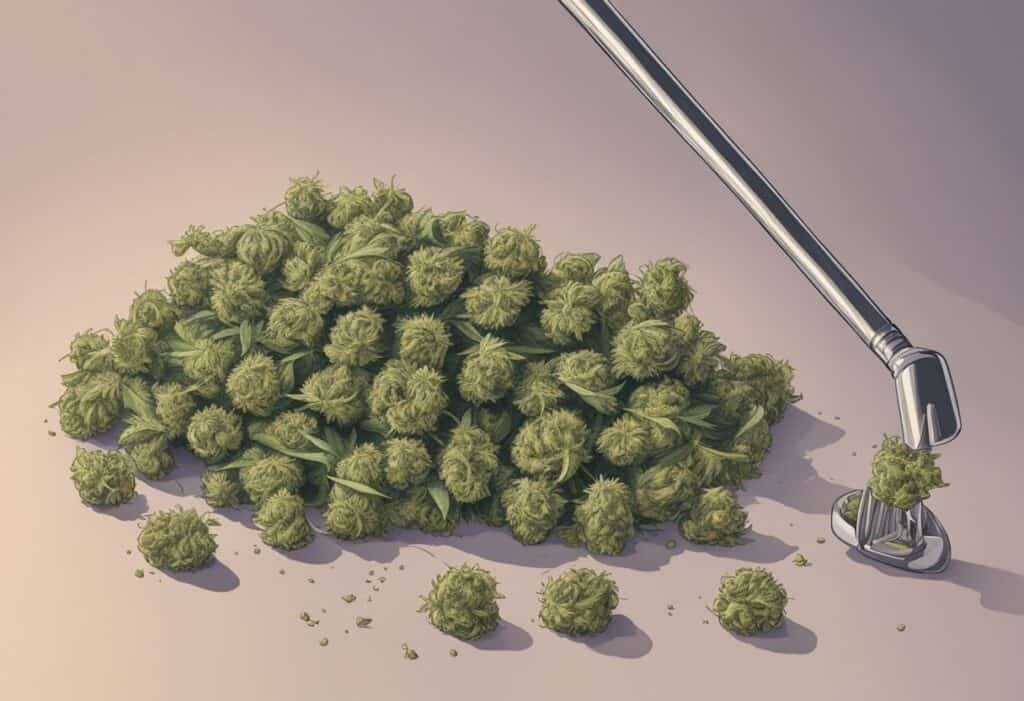
When rolling cannabis joints, using a crutch or filter can enhance your smoking experience. Understanding the differences and materials can help you choose the best option for your needs. Adding filter paper or pre-rolled cones can prevent loose bits and improve the overall experience.
How does a crutch differ from a filter in cannabis joints?
A crutch, also known as a tip, provides structure and stability at the end of a joint. A filter, on the other hand, prevents smaller particles, such as plant matter, from being inhaled. Both serve to improve the smoking experience in unique ways, offering a smooth draw and preventing loose bits from disrupting the flow.
What are the best materials to use as a filter for a joint?
Filters can be made using thin cardboard, often from a cereal box or business card, or dedicated crutch paper. Some smokers prefer using specially designed rolling tips or even glass filters for a reusable option. Activated charcoal filters or weed leaf filter designs are also popular for their functionality. Choose a material that enhances the draw and fits your personal preference, whether it’s affordable options like stiff paper or premium glass.
What are some popular designs for joint crutches?
Common designs include simple spirals, accordion folds, and W shapes. More creative designs, such as peace sign filters or heart filters, can also be used. These designs help keep the crutch securely in place while providing a stable foundation for rolling. Each design has its own benefits, like airflow and ease of use, contributing to an enjoyable smoking experience.
How do you effectively use a crutch when smoking a joint?
Insert the crutch into the rolled joint before packing. This prevents the end from collapsing and keeps the material away from your lips. A properly fitted crutch also ensures a smoother draw, making your smoking experience more enjoyable. Using joint filter tips or filter paper can further enhance the structure and prevent plant material from reaching the mouth.
Are there alternatives to paper for making joint filters?
Yes, there are alternatives like wood, bamboo, or glass filters. These materials are more durable and can sometimes be reused. Glass tips are especially popular for their clean taste and their ability to be cleaned for reuse. Crutches made from folded parts of high-quality products like stiff paper or thin cardboard provide a balance between function and affordability.
Is it necessary to use a crutch for smoking joints?
While not strictly necessary, using a crutch is recommended for a more comfortable smoking experience. It keeps the end rigid, helps hold your joint, and prevents small bits of cannabis and plant matter from reaching your mouth. Joint filter tips and crutch paper are standard choices for most people, offering both convenience and enhanced smoking quality. Ensuring the cylindrical shape of the joint stays intact, crutches add to the smooth smoking experience.

